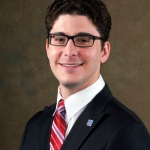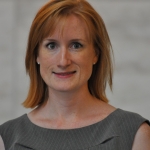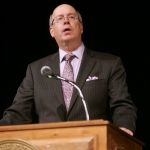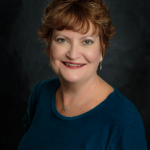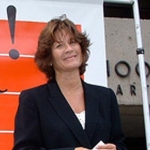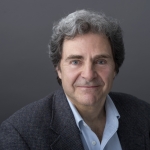
Michael Blakeslee

Lynn Tuttle
Reauthorization of ESEA and the National Core Arts Standards
Posted by Sep 16, 2015

Michael Blakeslee

Lynn Tuttle
How does the Reauthorization of ESEA connect to the 2014 National Core Arts Standards?
The Senate “Every Child Achieves Act” version of ESEA contains language which is supportive of the intent and the content of the National Core Arts Standards.
1. The Senate bill includes a listing of core academic subjects which funding in the bill can support, including Title I, the largest allocation of education funding at the federal level. The arts and music are listed as core academic subjects in the Senate version of the bill, allowing federal funds to support learning in all the arts (see page 549).
2. The Senate bill includes language which is supportive of states creating rigorous academic content standards in all (core) academic subjects, including the arts and music. The National Core Arts Standards were written with that intent in mind – that states would utilize the new national, voluntary arts education standards to create standards of their own.
Read More




